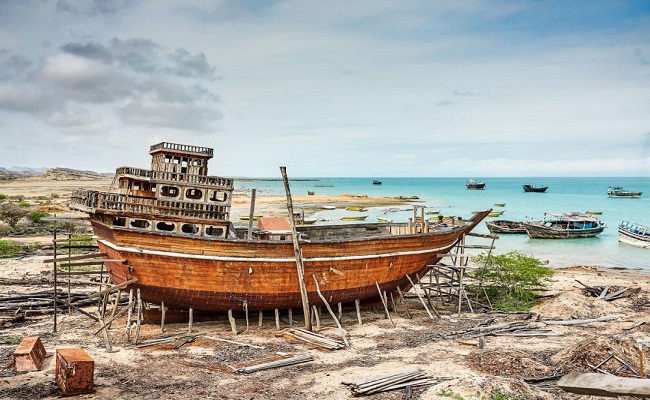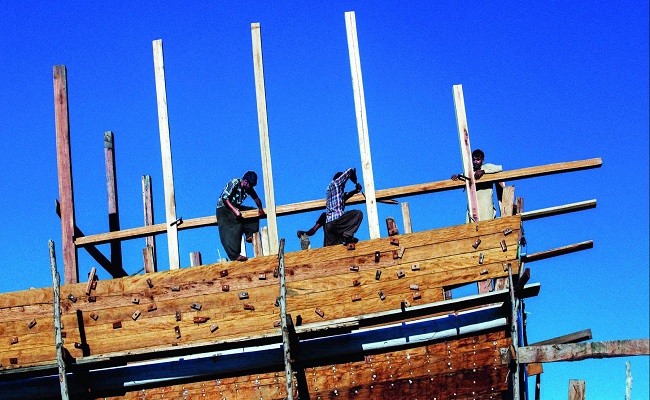Iranian Lenj
Zoorkhaneh Rituals
August 26, 2019Carpet weaving in Kashan
August 27, 2019The traditional skills of building and sailing Iranian Lenj boats in the Persian Gulf
Traditionally, Iranian lenj is hand-built and is used by locals on the northern Persian Gulf coast for sea travel, trade, fishing, and diving to harvest pearl oysters. Traditional knowledge associated with lenj includes oral literature, performing arts, and festivals, in addition to navigation and its techniques, terminology, weather forecasting closely associated with navigation, and the skills required to build wooden boats.

The maritime knowledge required to pilot these boats was traditionally passed down from father to son. Iranian navigators found their way around the position of the sun, moon, and stars; they used special formulas to calculate the latitude, longitude, and depth of water. Each wind was given a name, which along with the color of the water or the height of the waves was used to make weather forecasts. Sailing in the Persian Gulf was also inextricably linked with special music and rhythms, as sailors used to sing while working.

Today, the practitioner community is small and consists mostly of older people. Wooden lenj is being replaced by less expensive fiberglass boats, and lenjes’ construction shops are being transformed into repair shops for older such boats. The philosophy, ritual context, culture, and traditional knowledge associated with navigation in the Persian Gulf are gradually fading, although some associated ceremonies are still practiced in some places.
